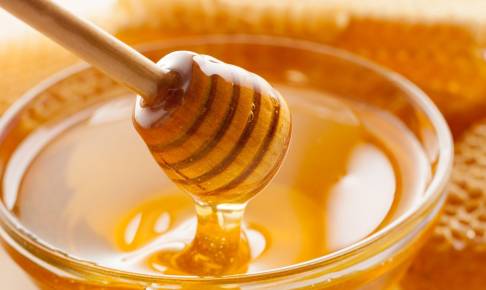Next-generation sequencing at the table: addressing fraud and current culture-based methods
Alongside other current industrial approaches, next-generation sequencing (NGS) plays an important role in addressing food fraud and ensuring food authenticity.
Introduction
Next-generation sequencing (NGS) has been primarily associated with work in academia and work in human health-related fields. The insulation of NGS within these fields has been a product of the high costs associated with this technology, particularly in terms of infrastructure and technical expertise.
However, in recent years, the cost of NGS has seen a steep decline as sequencing technology continues to improve and as a wider range of sequencing platforms becomes available to the market (Wetterstrand n.d.). This rapid cost-reduction has opened the gateway for novel NGS applications within the food industry. This article discusses some of the potential applications of NGS for the food industry, particularly within the context of food fraud (Spink and Moyer 2011). It also provides a brief comparison between NGS and the current “gold standard” of food safety, which is primarily microbiological culture-based methods.
The growing challenge for a globalized supply chain: food fraud
A report released in 2016 by PwC Singapore details an important challenge for our modern, globalized food chain: food fraud (Leong and Beeren 2016). This report estimates that food fraud problems will cost producers and consumers up to USD 10-15 billion each year (ibid., Zhang et al. 2016; Kendall et al. 2018). Other reports suggest that these estimates are too conservative and that the value lost due to fraud could be as high as USD 50 billion per year (McLeod 2017).
Despite such losses, there is little understanding or awareness of food fraud within the broader industry. The US Food and Drug Administration (FDA) outlines three primary categories of food fraud (Leong and Beeren 2016):
1. Intentional adulteration of food with cheaper ingredients for economic gain.
2. Introduction into commerce of food containing prohibited substances.
3. Misbranding or mislabeling of food and ingredients or species substitution.
How widespread is the problem of food fraud and what products are most likely to be fraudulent? According to analysis by Professor Christopher Elliott from Queen’s University Belfast, the estimate of food fraud as a percentage of total food products within the developed world is about 10% (Robson et al. 2020). For the developing world, the estimate doubles to 20%. Naturally, these estimates are extrapolations from available data. Thus, the issue could be much more pervasive than we know. The 2019 Annual Report released by the EU Food Fraud Network highlights a consistent increase in food fraud cases between 2016 and 2019 (European Commission 2020). The top six product categories of fraud were: “Fats & oil”, “Fish & fish products”, “Meat & meat products (other than poultry)”, “Fruits & vegetables”, “Poultry meat & poultry products”, and “Herbs & spices" (ibid.).
Next-generation sequencing offers a solution
The list of the top six products (excluding “Fats & oils”) can be grouped into 2 broader categories: meat-based products and plant-based products. Next-generation sequencing is uniquely positioned to addr
Download content now





















